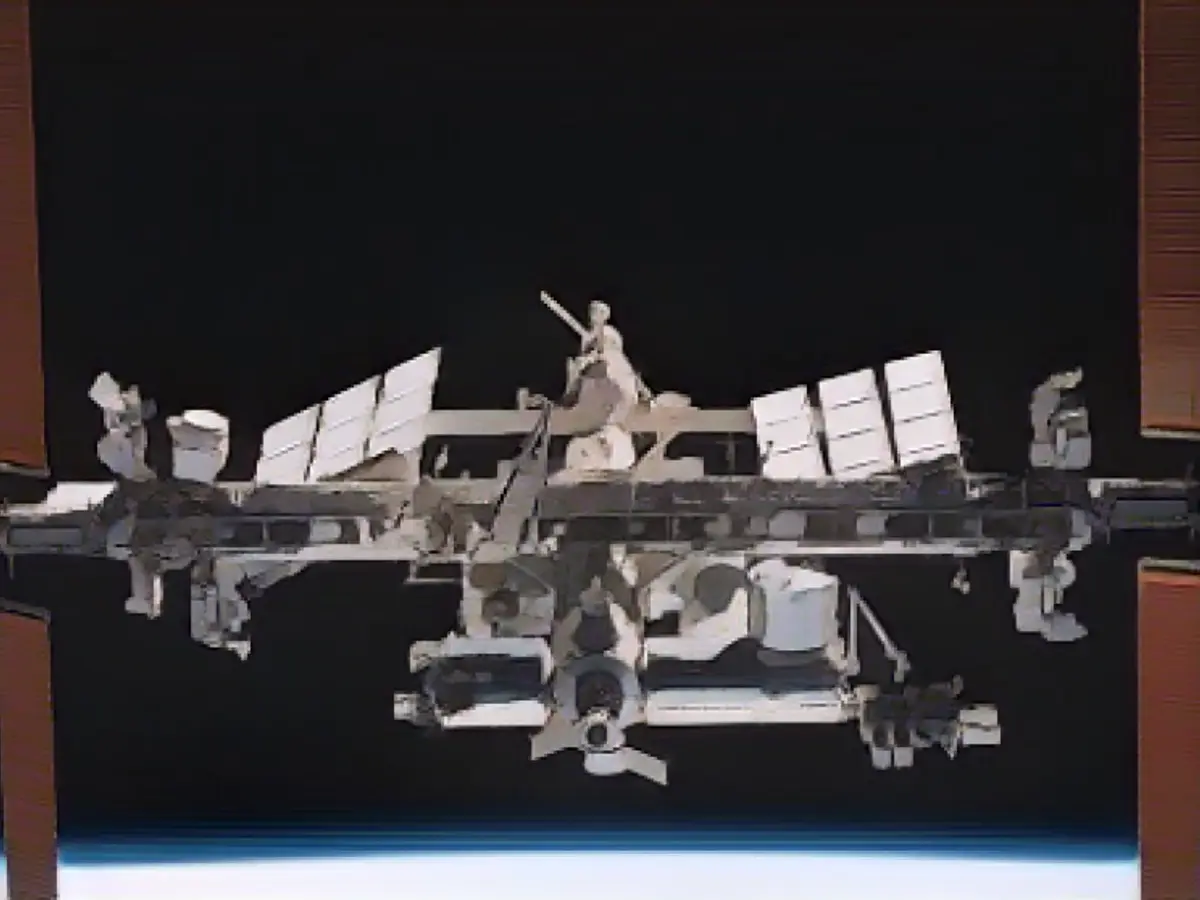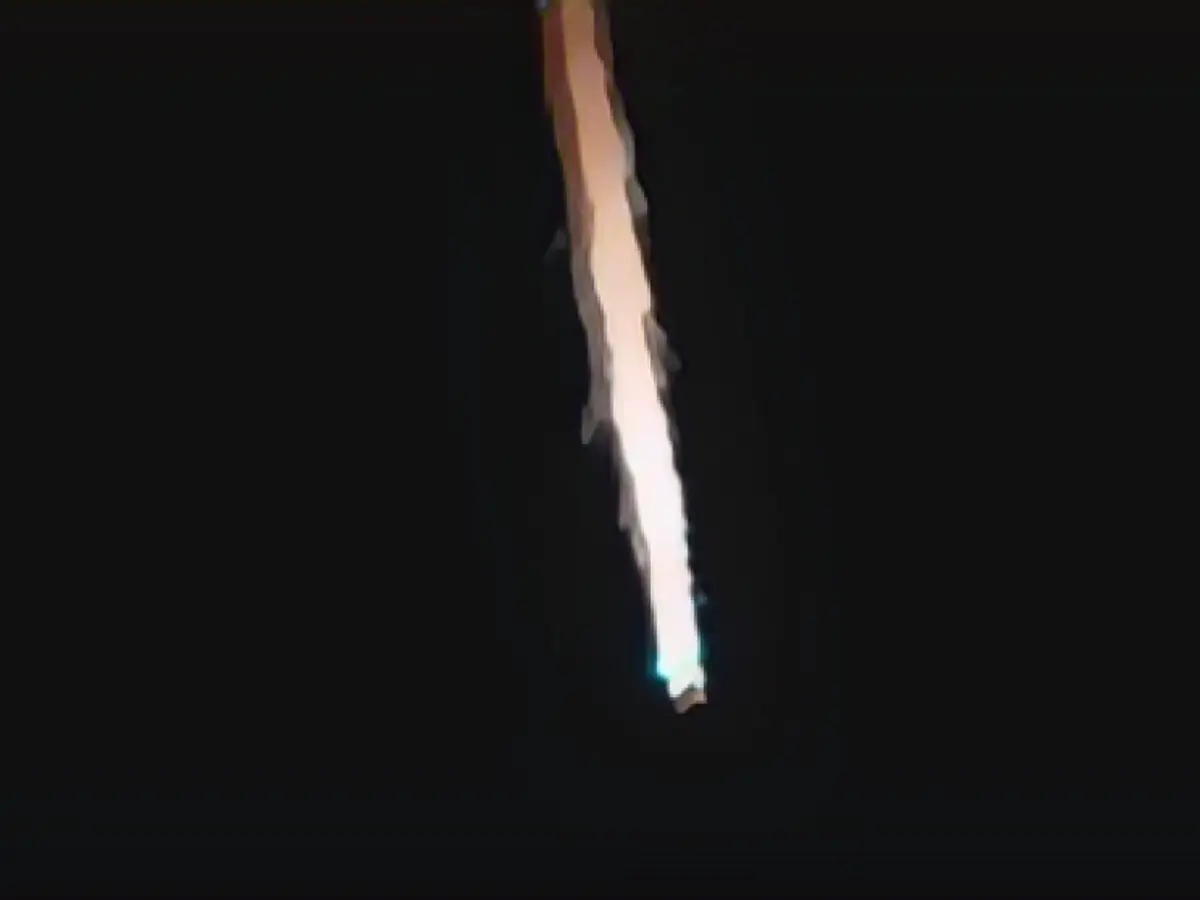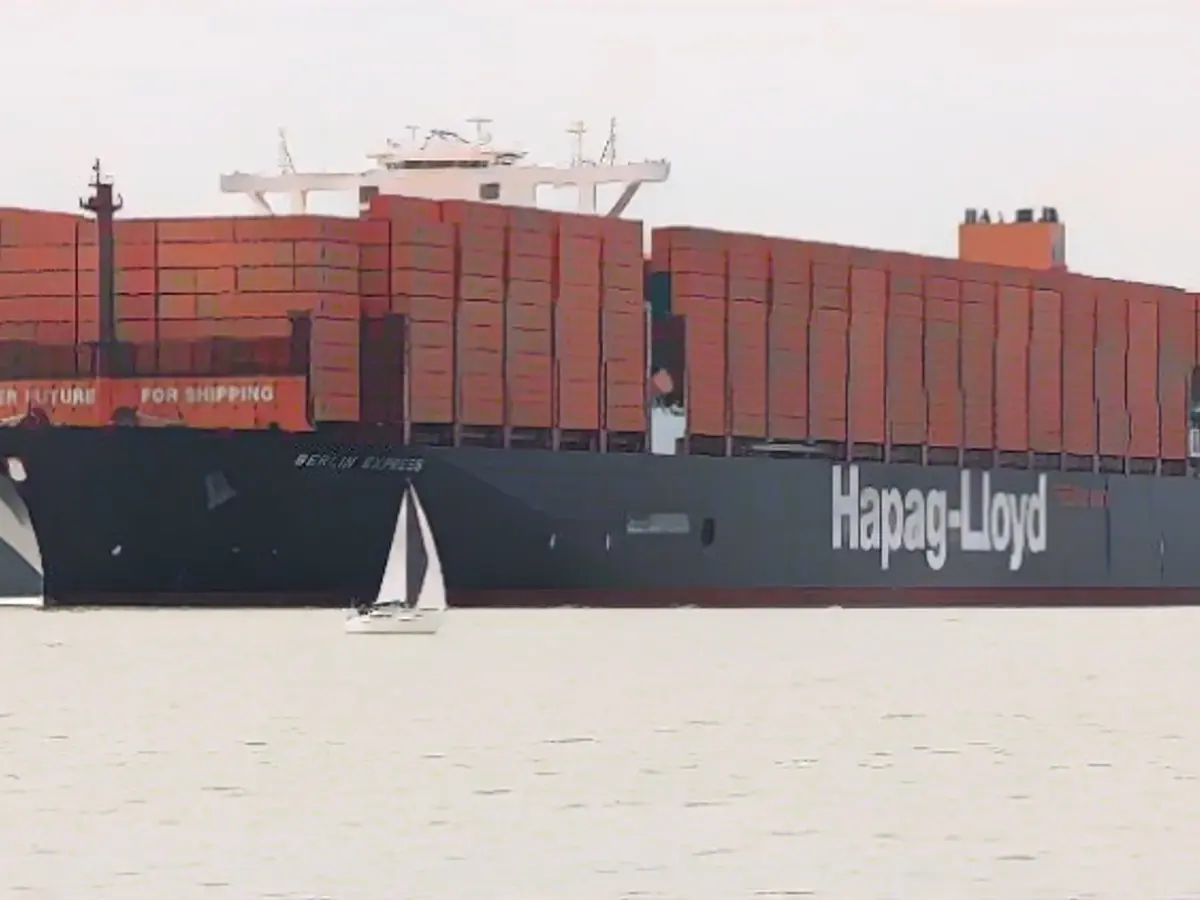Garbage Disposal in Space: The Spectacular Demise of the ISS's Junk Truck
Let's talk about one of the less glamorous, yet essential aspects of space exploration: garbage disposal. In mid-November, the International Space Station (ISS) once again found itself overburdened with waste and old equipment, so they loaded it all onto a Russian Progress MS-23 cargo spacecraft for the ultimate trash trip.
Four hours after saying its final farewell to the ISS, Progress MS-23 blazed its way back to Earth, just like a cosmic fireworks display. NASA astronaut Jasmin Moghbeli captured the spectacle from her vantage point in the ISS, penning down her experience, "It happened faster than I thought, and was only visible for about 2-3 minutes. It reminded me a bit of fireworks, especially when it broke apart." Most of the debris burned up high above the Earth, but some remnants landed in the Pacific Ocean.

For a space junk truck, such fiery re-entries are quite common. Two of the three vehicles used to deliver cargo to the ISS, the Russian Progress capsule and Northrop Grumman's Cygnus spacecraft, are routinely disposed of in the atmosphere once they've completed delivering their supplies.
It's essential to note that disposing of waste and old equipment from the ISS involves two primary methods: natural decay and controlled re-entry into the Earth's atmosphere. The ISS orbits at an altitude of 300-400 kilometers. At this height, most small satellites can naturally decay within 5 years due to atmospheric drag. For the ISS, which is larger and heavier, natural decay isn't as rapid, but it still experiences some decay over time. For smaller components or debris, controlled re-entry is employed. The ISS itself isn't typically de-orbited and re-entered the atmosphere, but it does have measures in place to manage debris, such as Whipple shielding and orbital maneuvers to avoid known debris.
The space waste management universe also follows regulatory guidelines to manage orbital debris. One guideline is the 25-year rule, which dictates that spacecraft in Low Earth Orbit (LEO) must deorbit or be placed in a graveyard orbit within 25 years after the completion of their mission. This guideline helps in managing space debris and ensuring objects do not remain in orbit indefinitely.
As we continue our journey through the cosmos, mastering waste disposal and orbital debris management remains a vital aspect of space exploration, ensuring that we can continue to explore and utilize space without it becoming a virtual garbage dump.








